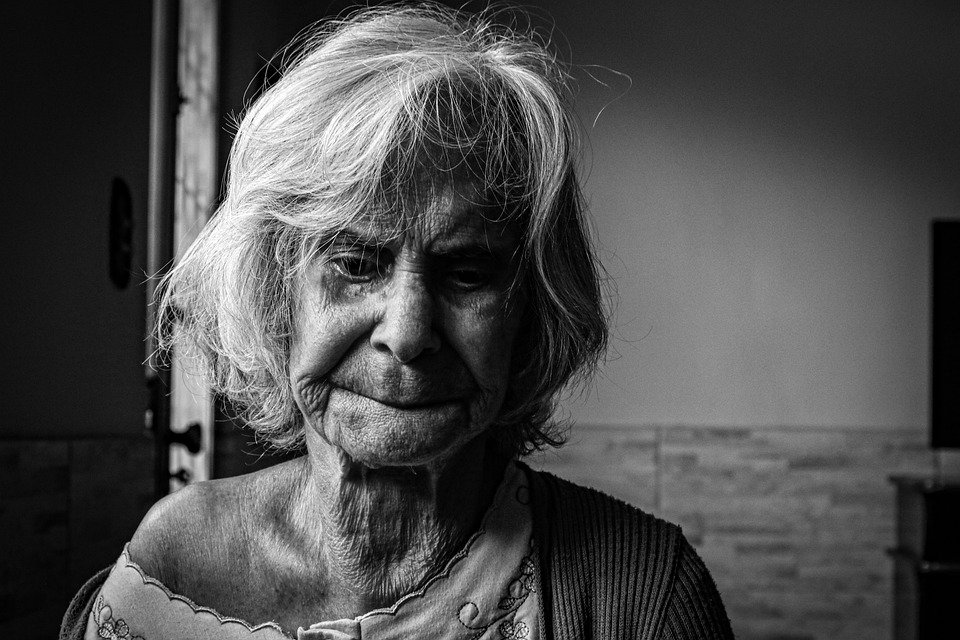
Understanding Lymphoma: Symptoms, Causes, and Treatment Options
Lymphoma is a type of cancer that affects the lymphatic system, which is a part of the body’s immune system. It occurs when lymphocytes, a type of white blood cell that helps the body fight infections, become abnormal and start to multiply uncontrollably. This can lead to the formation of tumors in the lymph nodes, spleen, bone marrow, and other parts of the body.

There are two main types of lymphoma: Hodgkin lymphoma and non-Hodgkin lymphoma. Hodgkin lymphoma is characterized by the presence of a specific type of abnormal cell called Reed-Sternberg cells. Non-Hodgkin lymphoma, on the other hand, encompasses a wide range of subtypes that differ in terms of their behavior and response to treatment.
Symptoms of lymphoma can vary depending on the type and stage of the disease. Common symptoms may include swollen lymph nodes, fever, night sweats, unexplained weight loss, fatigue, and itching. Some patients may also experience pain or swelling in the abdomen, chest, or other parts of the body.

The exact cause of lymphoma is not known, but certain risk factors may increase the likelihood of developing the disease. These risk factors include a weakened immune system, infection with certain viruses (such as the Epstein-Barr virus), exposure to certain chemicals or radiation, and a family history of lymphoma or other types of cancer.
Diagnosing lymphoma typically involves a combination of physical exams, blood tests, imaging studies (such as CT scans or PET scans), and biopsies of affected tissues. Once a diagnosis has been confirmed, the next step is to determine the stage of the disease, which helps guide treatment decisions.

Treatment options for lymphoma depend on several factors, including the type and stage of the disease, the patient’s age and overall health, and their preferences. Common treatment modalities may include chemotherapy, radiation therapy, immunotherapy, targeted therapy, and stem cell transplantation.
Chemotherapy is a common treatment for lymphoma that involves the use of drugs to kill cancer cells. It may be given alone or in combination with other therapies. Radiation therapy uses high-energy beams to target and destroy cancer cells in specific areas of the body. Immunotherapy works by boosting the body’s immune system to help fight cancer cells. Targeted therapy targets specific molecules that are involved in the growth and spread of cancer cells. Stem cell transplantation involves replacing damaged bone marrow with healthy stem cells to help the body produce new blood cells.
The prognosis for patients with lymphoma can vary depending on several factors, including the type and stage of the disease, the patient’s age and overall health, and their response to treatment. In general, the earlier the disease is diagnosed and treated, the better the chances of a successful outcome.
In conclusion, lymphoma is a type of cancer that affects the lymphatic system and can cause a wide range of symptoms. Understanding the symptoms, causes, and treatment options for lymphoma is essential for patients and their families to make informed decisions about their care. If you or a loved one is experiencing symptoms of lymphoma, it is important to seek medical attention promptly for a proper evaluation and diagnosis. With advances in treatment options, many patients with lymphoma can achieve remission and live long, fulfilling lives.

Discover more from Bibliobazar Digi Books
Subscribe to get the latest posts sent to your email.


